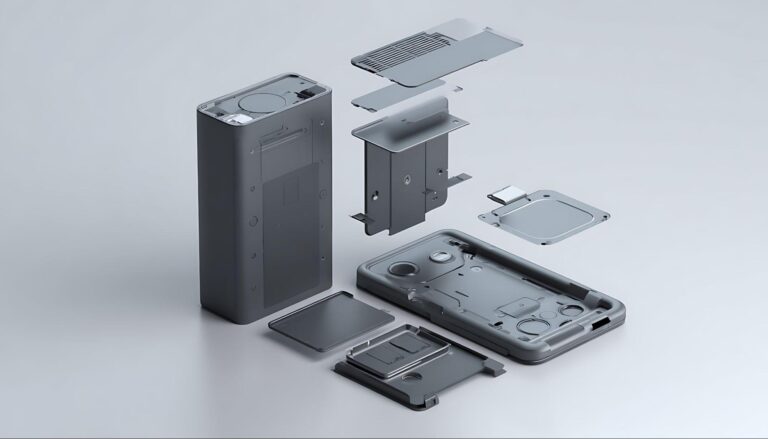Time to read: 5 min
Beauty and function encompass two critical elements of a hardware product: one tangible and the other intangible. For Endless Mobile, these two elements encapsulate the overarching vision for the product they sought to create: an affordable, yet delightful and luxurious computer for the developing world.
For hardware companies, mechanical engineering and industrial design can sometimes appear as opposing forces: the nebulous vs the defined, the creative vs the mathematical. And so there can be dissonance between the creative vision in its digital form and what’s possible in a physical form.
“Every detail in this product has not only a functional reason, but also a design element,” says George Hines, the VP of Engineering at Endless. And the man behind that design element is Scott Shumaker, Endless’ Industrial Designer.
Scott and George seem to have figured out an optimal way for engineers and designers to work together to create something better than what either could create alone.
In this Hardware Spotlight, we’re exploring the interplay between mechanical engineering and industrial design that achieved both beauty and function in Endless, a reimagined computer, beautiful and $169.
The Design Challenge: Capture the Vision
Everything about Endless is rooted in vision. Specifically, CEO Matt Dalio’s vision for a computer that exudes fun and personality; one that’s approachable and playful and all in the name of changing the world, of course.
“I tried to imagine what it would look like if Pixar designed a computer,” Scott amuses. “So when I was designing the shape, I wanted to create something that captured the playful essence of the vision rather than settling for a conventional, angular box.”

Scott was given something designers dream of: the opportunity to create something that hasn’t been created before – a blank canvas not limited by preconceptions or assumptions.
“We’ve made every step to manifest the industrial design and try to reflect the creativity and personality of the product”
“When we gave some initial sketches to potential users, one with an angular design and the other similar to the rounded shape we have now, almost everyone gravitated toward the unconventionally shaped drawing,” Scott shares. “It makes people smile and want to know more.”
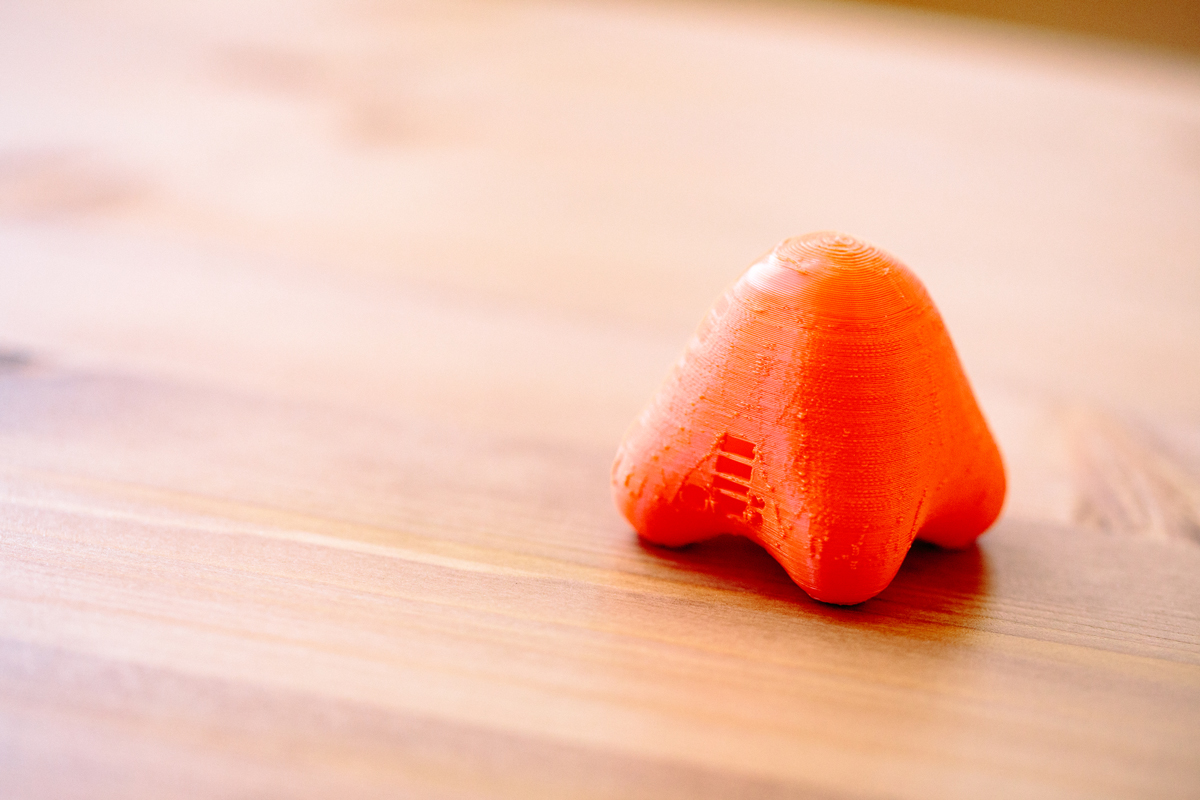
Scott’s mission was to reinvent the look, feel, and even personality of a computer, without limits. He worked to capture an idea and a feeling without worrying initially about the execution of that idea.
The Engineering Challenge: Realize the Design
For George, he sees his role as one to challenge assumptions and do his utmost to realize Scott’s design.
“My role as the Engineer is to take what the Industrial Designer says is the Bible and try and put that into production, more than coming back with “we have to change this and that,” George says. “Because wherever possible, we don’t want to compromise on our vision. We’ve made every step necessary to manifest the industrial design and try to reflect the creativity and personality of the product.”
So rather than challenging imagination with realism, George prefers to challenge the assumptions around “realism” with innovative thinking.
“We don’t settle for the simplest solution”
“I’ve had the fortune of working with a lot of the large players in the product game where there are many things you’re told to do going in,” George shares. “With Endless, we have the opportunity to challenge the assumptions such large players often carry. Then by challenging those old assumptions there is an opportunity to create something truly new and unique.”
An example of challenging assumptions in the interest of design is found in how George dealt with the issue of thermal ventilation. To optimize the thermal dynamics of the design, their ODM (Original Design Manufacturer) in China sent them a version of the product with several small holes on the top saying this was mechanically necessary. Both Scott and George agree it looked rather ridiculous, sort of like a large salt shaker (or pepper pot, as George calls it).
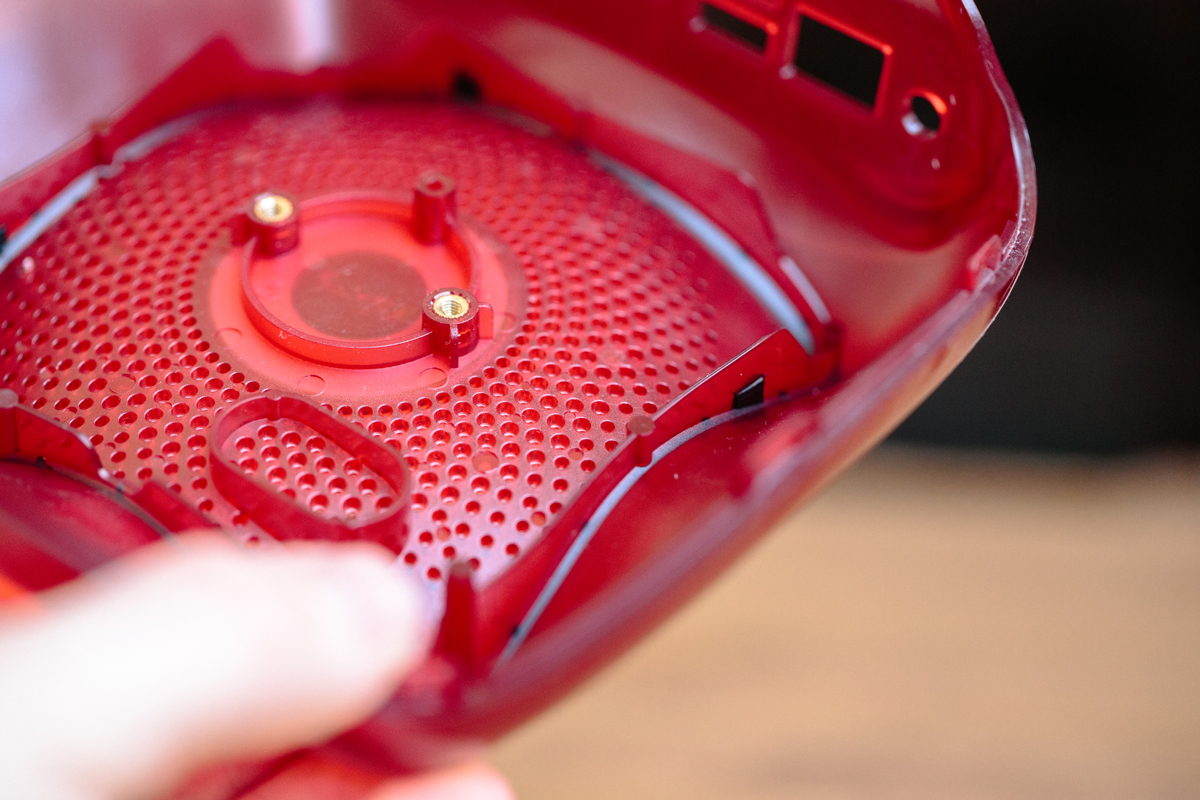
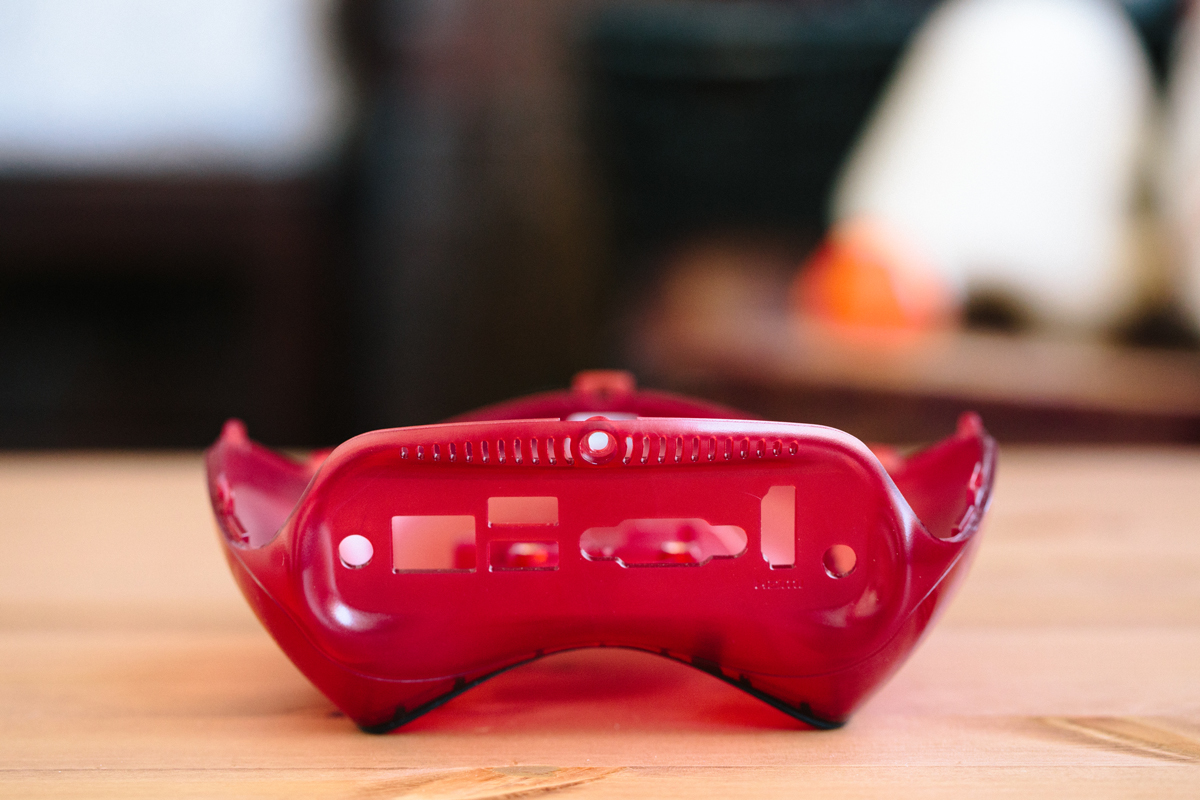
“A lot of times you’ll get a design back from your ODM that was chosen because it’s easy and efficient,” George says, “but we always push for getting it right and done to our standards. We don’t settle for the simplest solution; it has to be both functional and true to the design intent.”
Instead of the large pepper pot holes, the solution was a group of small holes on the bottom of the computer which creates airflow in the product, balancing the thermal capacity without requiring a huge fan. Function and design.
The Perception of Luxury
The major paradox of Endless is that it’s designed to be both affordable and, in Scott’s words, “luxurious.”
“In our research, people kept saying they wanted something modern, something new, something that hadn’t been done before,” Scott says. “ So we wanted to create a product that someone would feel proud to own, something that’s fresh and new; a statement peice of sorts.”
According to George and Scott, luxury is all about perception and design is the master of perception. When a product appears as luxurious, it has to do with the way it looks, the carefully chosen angles, colors, and the feeling it exudes ever so mysteriously.
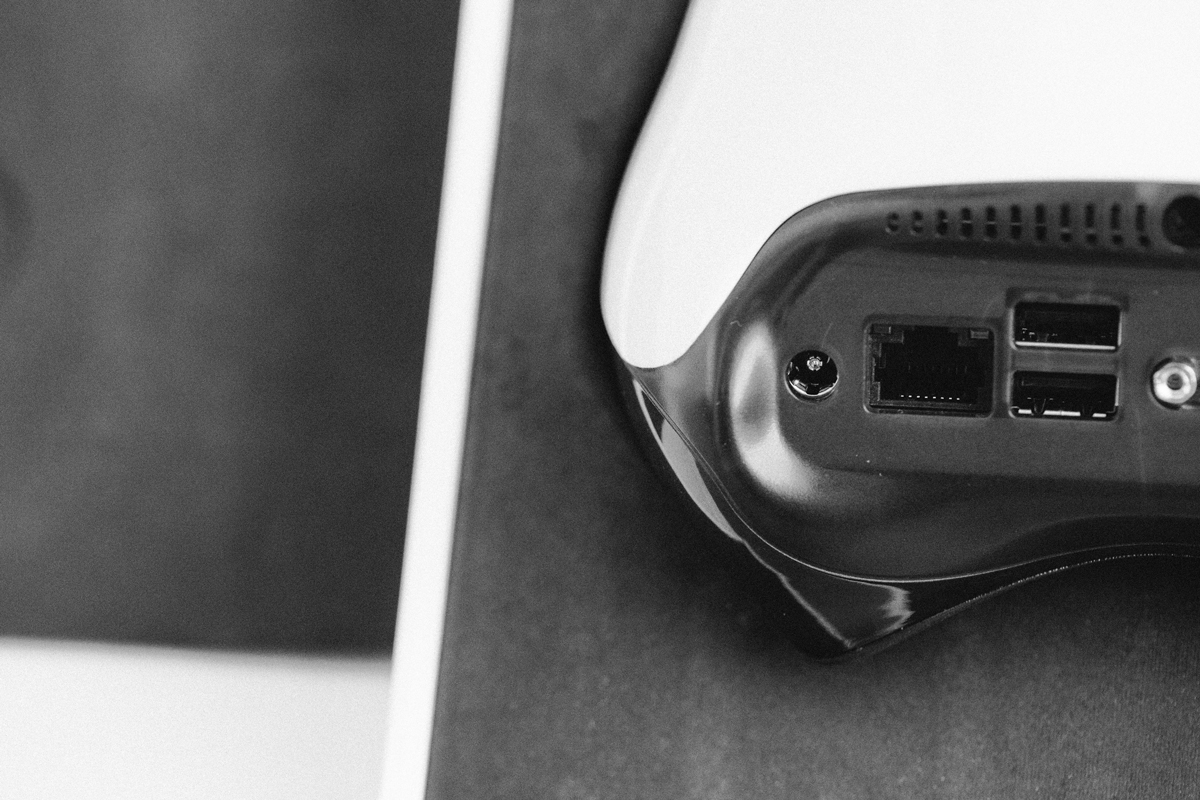
“When you pick up a really high end smartphone today, everything around the fit and finish of the item is really perfect.” George says. “There’s no reason people shouldn’t have that same experience with a product like Endless because it’s just as expensive to make something cheap as it is to give the perception of luxury.”
When all the seemingly minute design details come together, you get that feeling of luxury.
An Unconventional Production Strategy
To achieve the right price point, it all comes down to the production strategy. “The real secret sauce for Endless is in finding the right manufacturing partners,” George says.
But, for George, the right manufacturing partner doesn’t always mean the largest or even the best factory in China.
“If you find a company that understands what they do, knows what you’re trying to achieve, and wants to learn, that’s the best partner,” George says. “Now they might not be the best of the best company to produce high-end luxury products, but that can be managed with the right processes.”
“Every detail in this product has not only a functional reason, but a design element.”
To achieve production quality while still arriving at the price point required to realize the vision of a computer for the developing world, there had to be some creativity involved.
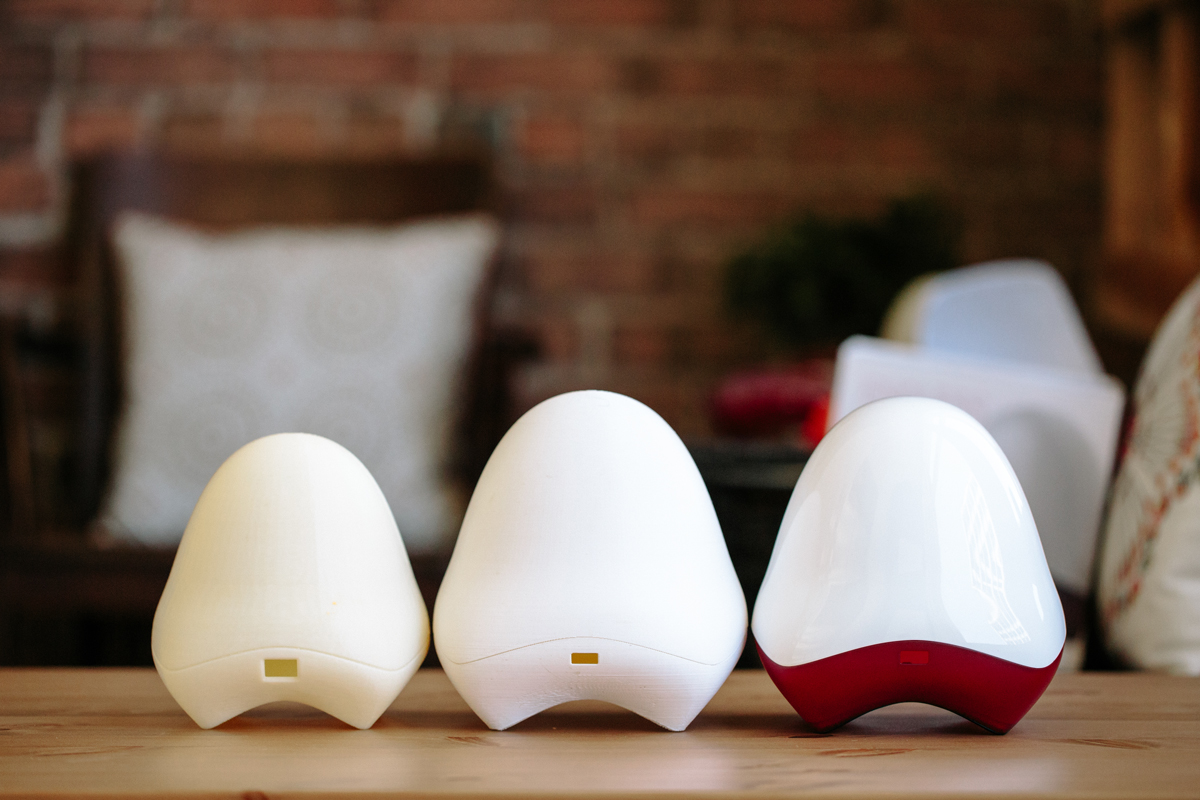
For quality, George paired Endless with a large ODM to help refine small details in the design, build out the pcb, and develop a working prototype for user testing and investment purposes. Then to lower the price point, George found smaller vendors he could outsource tooling and production to while maintaining quality standards by bringing in better machinery, writing detailed quality specifications, and setting up a quality process he’s able to control.
“That’s really how we got the cost out of the product,” George shares, “by pairing quality standards with outsourced tool making and production from smaller, but eager factories who are willing to learn and excited about the product.”
Luxury and affordability don’t normally coexist in harmony and the natural assumption is you can have one but not the other.
Scott and George questioned this assumption from the very beginning by asking, ‘why not?’ To achieve such a challenging goal, their guiding light was a process hierarchy: vision, then industrial design, then mechanical execution. Rather than allowing vision to be stifled by details around execution in the beginning, vision was the driver of execution.
“It becomes a piece of design rather than just an object that’s gone through manufacturing,” George offers. “It’s had a lot of love.”









